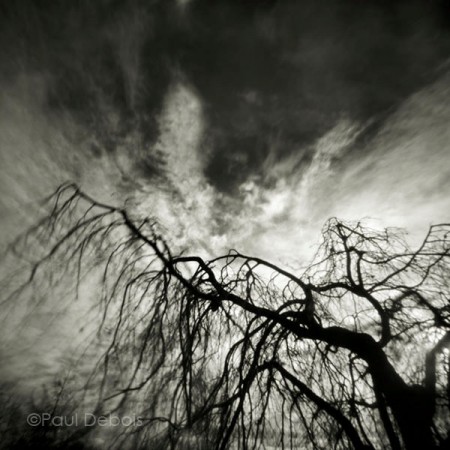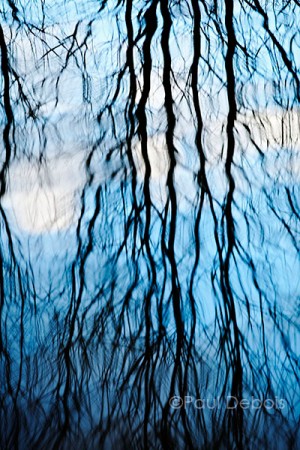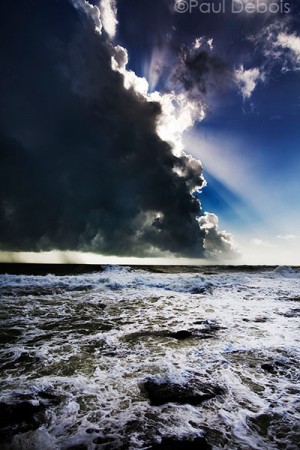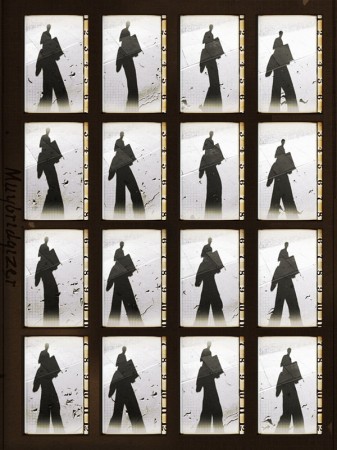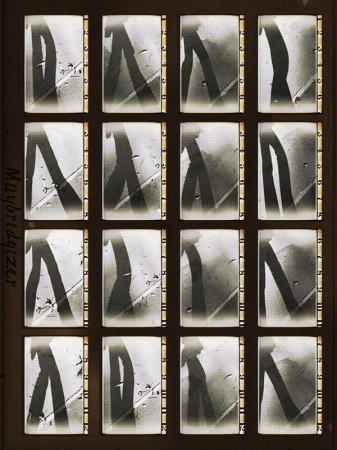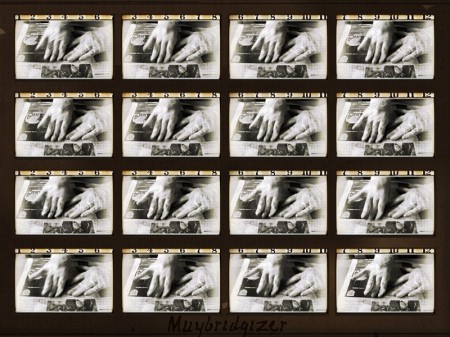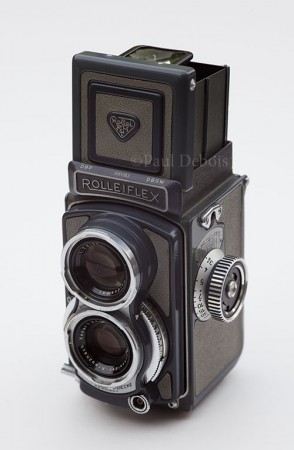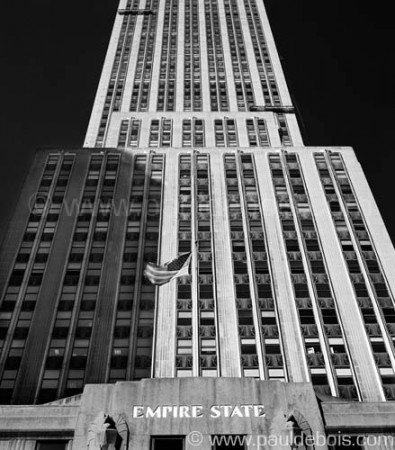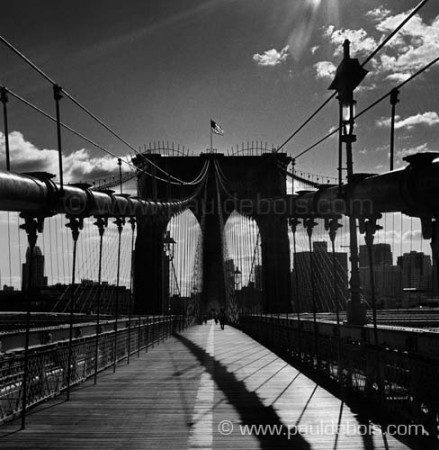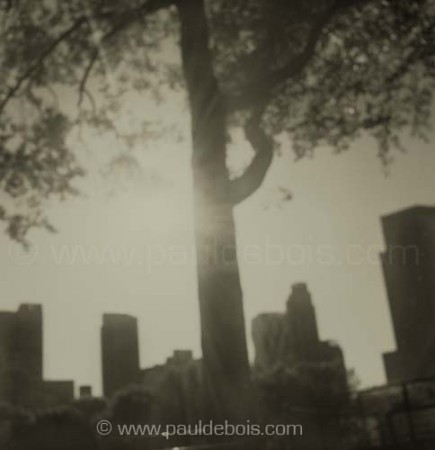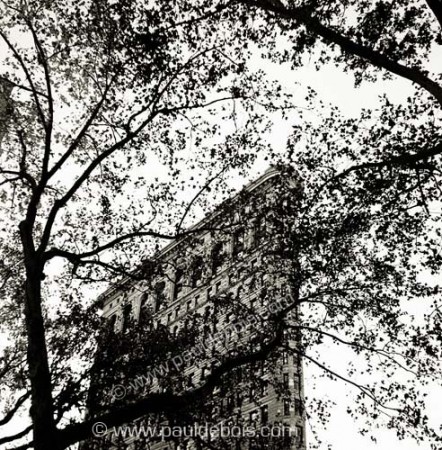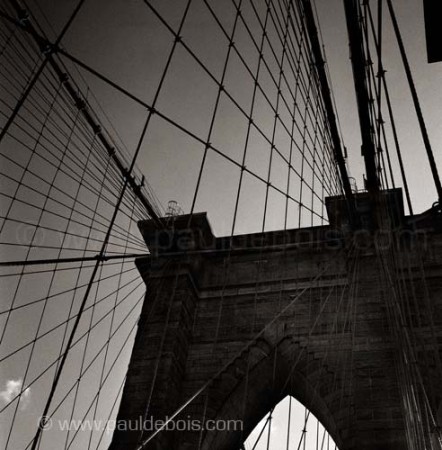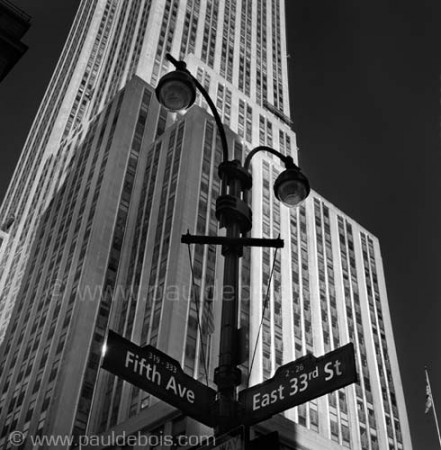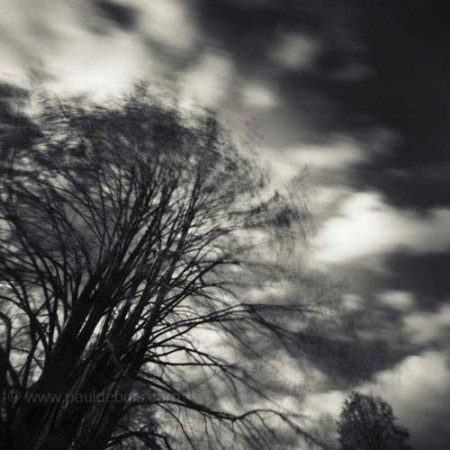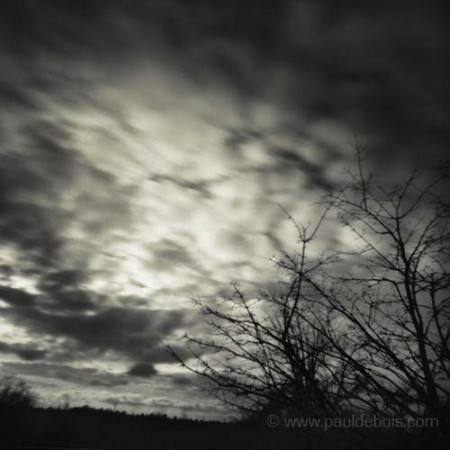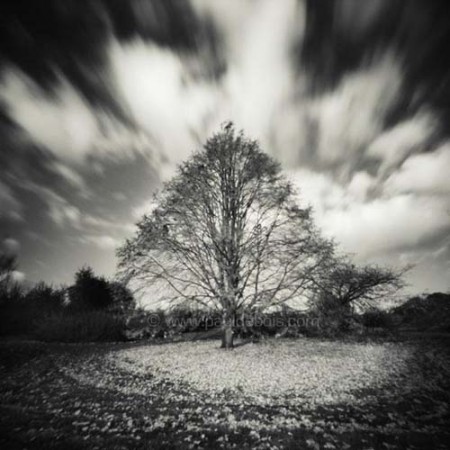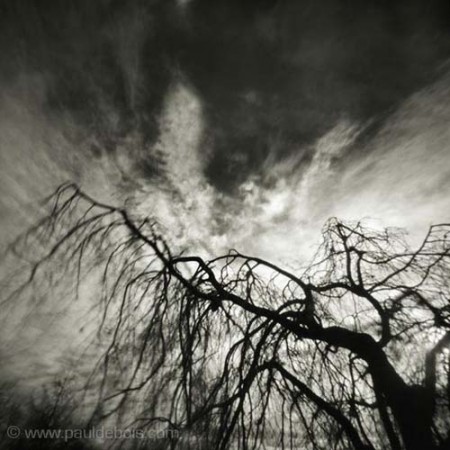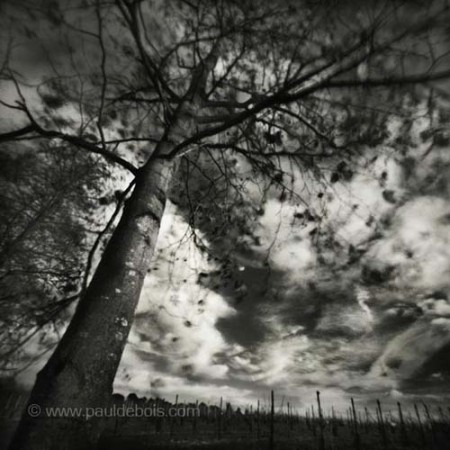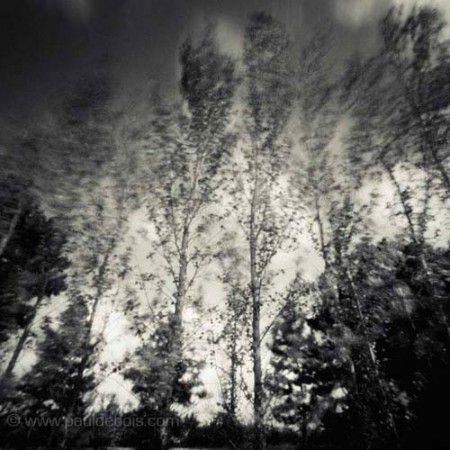A printing technique that has long fascinated me is photogravure, a black and white process developed in the late 19th century. Frequently seen in old books, the texture and tonality is beautiful, and very different to that you would achieve with silver gelatin printing. Often purposely dark and with lower contrast, the images may not suit everybody, but I was intrigued enough to attend a workshop recently.
With photogravure, an image is etched into a sensitized metal plate, which has been exposed to a large contact negative. The plate is inked and drawn through a press in contact with paper. It’s not a particularly environmentally sound process, as the etching requires development in acid . But around 30 years ago, a new version was invented, using metal plates where images are etched into hardened polymer, and developed in nothing more than warm water. This new process is referred to as Photo Polymer or Polymer Gravure, depending on which side of the pond you are on.
Under the enthusiastic tutorage of Fiona Hepburn at The London Print Studio, I was taken through the various stages of the newer process with a small group of people. I was back in a darkroom for only the second time in ten years, so it was nostalgic as well as educational. It was great to operate a large printing machine again too. Though this one was different, a contact printer using ultraviolet light with the equivalent power of several dozen sun tanning beds! The original exponents of the process, such as Alvin Langdon Coburn, would have used the sun as a source of ultraviolet, with exposures lasting many hours. On dark winter days in London, this is not reliable, if not impossible – two minutes with contact printer is far more practical!
At the end of the day I inked up my plate and ‘pulled’ my first print in the huge printing press. Being a perfectionist, I probably reacted a bit like petulant schoolboy who had just scratched his favourite toy car, as there were a few dust marks around the edges of the resulting print! But after a few deep breaths, I realized that actually it was a pretty good first attempt, as the overall image quality was fantastic. A bit more care at the preparation stage will be needed, but with more experience I think I can use this process.
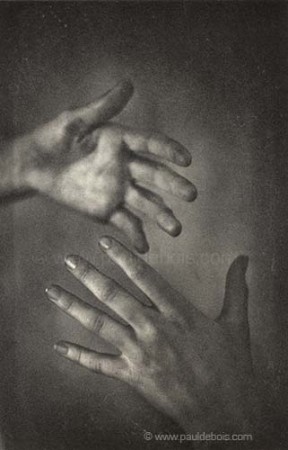
Hands - Black and white polymer gravure or photo polymer print
The workshop also involved transferring illustrations onto the metal plates, as many fine artists use photo polymer in their work. As a photographer, this came as a bit of a shock. The last time I remember drawing anything, I was 12 years old! But it was interesting to see how it was done. Honest conclusion? I think I’ll stick with photography!
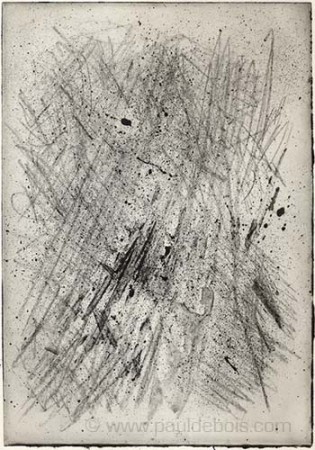
Experimental photo polymer print

